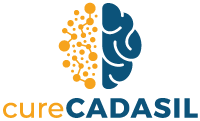Since 2020, cureCADASIL has been proud to support groundbreaking CADASIL research studies through Million Dollar Bike Ride grants, which are only possible through your donations and fundraising efforts. Read our list of awardees below.
2024
Awardee: Helena Karlström, Karolinska Institutet
Title: “Immunotherapy and Improved Diagnosis and Prognosis of the Small Vessel Disease CADASIL”
Grant Amount: $109,856
Funding Period: February 1, 2024 – January 31, 2025
2023
Awardee: Fabrice Dabertrand, MD, University of Colorado
Title: “Advance in PIP2 Treatment to Restore Capillary Blood Flow”
Grant Amount: $117,734
Funding Period: February 1, 2023 – January 31, 2024
2022
Awardee: Israel Fernández Cadenas, Fundació Privada Institut de Recerca de l’Hospital de la Santa Creu i Sant Pau
Title: “Single-Nuclei RNA-Seq for CADASIL Understanding and Therapeutic Target Discovery”
Grant Amount: $60,228
Funding Period: February 1, 2022 – January 31, 2023
Awardee: Saskia Lesnik-Oberstein, Leiden University Medical Center
Title: “Modelling CADASIL with Patient iPSC Based 3D Vessel-on-Chip”
Grant Amount: $60,228
Funding Period: February 1, 2022 – January 31, 2023
2021
Awardee: Masayo Koide, University of Vermont Larner College of Medicine
Title: “HB-EGF/EGFR Signaling in Capillary Dysfunction in CADASIL”
Grant Amount: $82,795
Funding Period: February 1, 2021 – January 31, 2022
2020
Awardee: Fabrice Dabertrand, MD, University of Colorado
Title: “Pericyte Contractility in CADASIL”
Grant Amount: $81,951
Funding Period: February 1, 2020 – January 31, 2021

